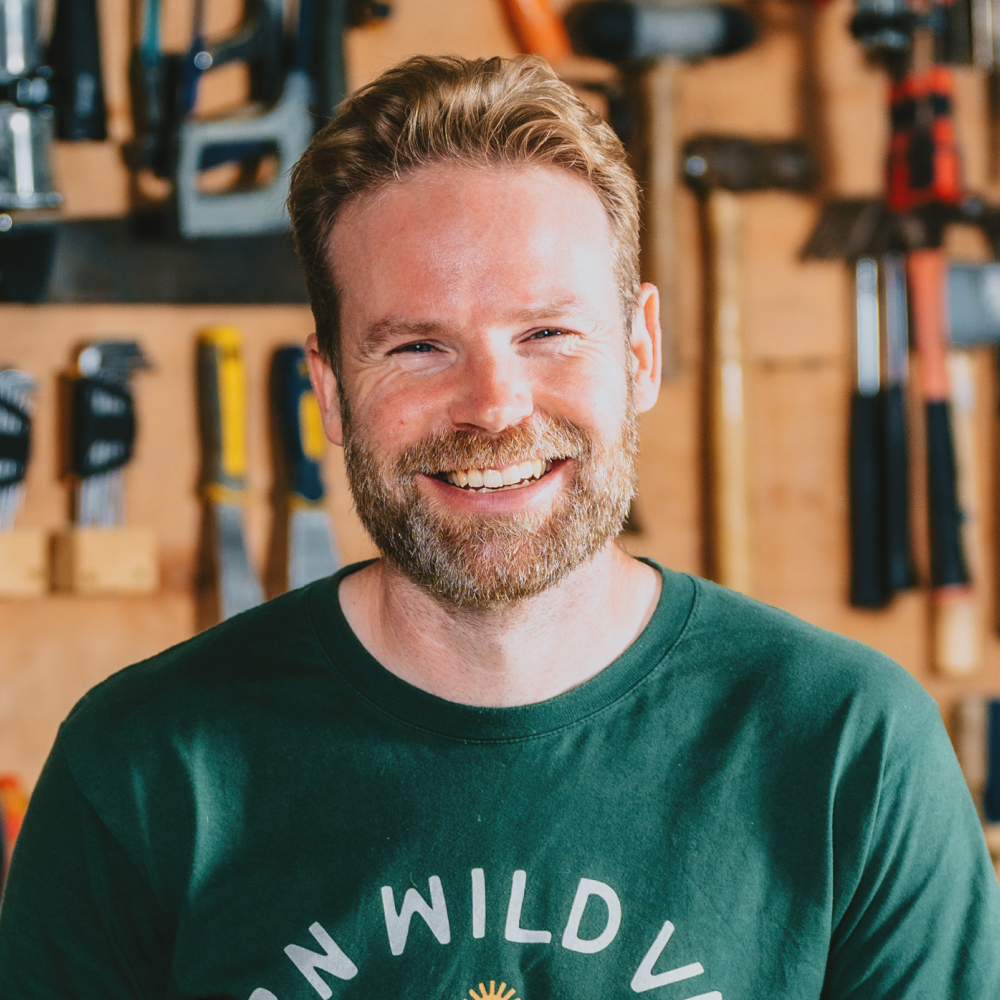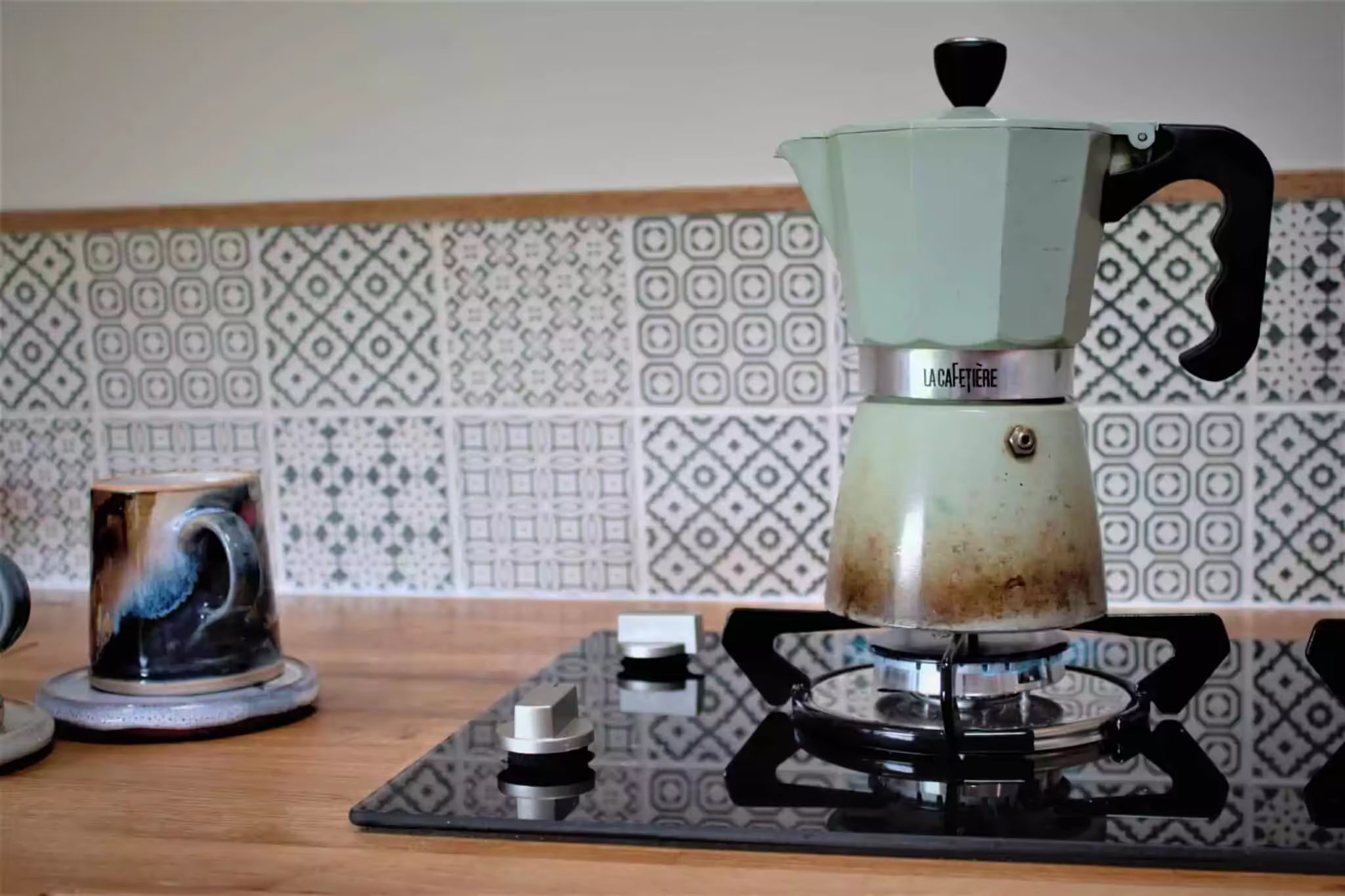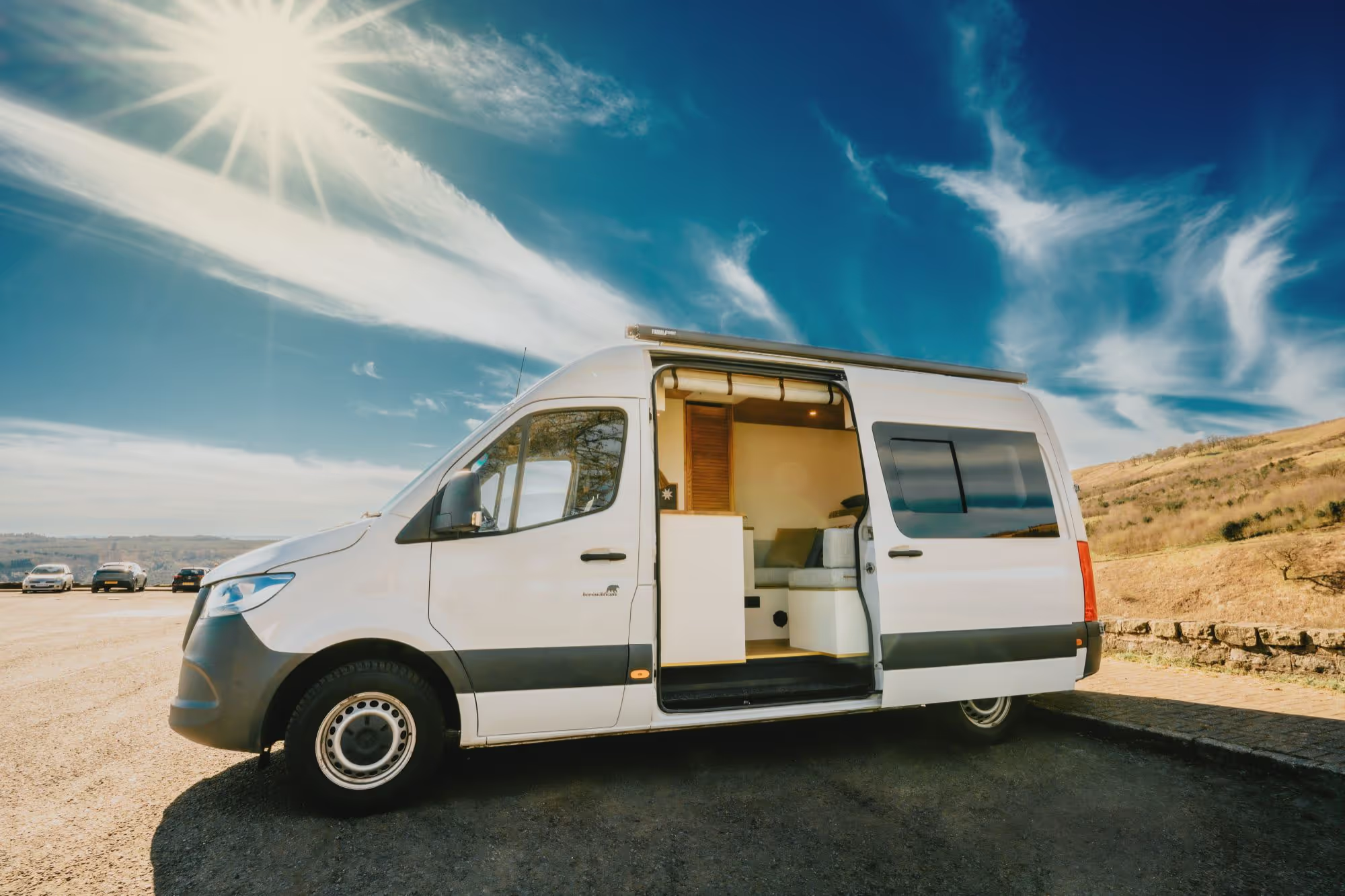Bothy Spirit, Vanlife Soul: How Scotland’s Past Fuels a New Way to Travel
.avif)
What Is a Bothy, Really?
Bothies are Scotland’s answer to shelter in the wild—unlocked, unmanned huts scattered across the Highlands and islands. Originally built for workers on remote estates, they now offer hillwalkers and outdoor lovers a dry roof, a fireplace (if you’re lucky), and a place to simply be.
No bookings. No Wi-Fi. Just trust and terrain.
A History of Shelter and Survival
In the 18th and 19th centuries, bothies housed shepherds, stalkers, and ghillies on the vast Scottish estates. They were functional—stone walls and a hearth—offering protection in Scotland’s toughest conditions.
As the need for estate workers waned, bothies were left behind. But they weren’t forgotten. Walkers and mountaineers began using them, and in 1965, the Mountain Bothies Association (MBA) was founded to protect and maintain this quiet cultural heritage.
A Code of Quiet Respect
Using a bothy means following the Bothy Code:
- Leave it better than you found it.
- Share space if others arrive.
- Pack out what you packed in.
- Respect the local environment and community.
If that code sounds familiar, it’s because vanlifers live by something similar—traveling with intention, sharing unspoken bonds with strangers, and caring for the landscapes they love.
Vanlife and the Spirit of the Bothy
Vanlife, especially in Scotland, isn’t about flashy builds or polished campsites. It’s about freedom and flexibility, about finding the edge of the map and pulling over because it feels right. Just like bothy culture, vanlife is a return to simplicity. It celebrates slowness, presence, and self-reliance.
Millennials and modern roamers are drawn to vanlife not to escape life—but to live it more intentionally. To follow that same instinct that once brought shepherds and hillwalkers to the door of a cold, stone bothy: the desire to pause, breathe, and belong to the land.
The Shared Tradition of Storytelling
Inside most bothies, you’ll find a logbook—scrawled with notes from strangers: weather updates, trail tips, poems, sketches, and quiet confessions.
That culture hasn’t disappeared. Now, it continues in journals stashed in glove boxes, in blog posts written from parking spots, in Instagram captions posted from misty lochside laybys.
Whether handwritten in a bothy or typed from a campervan bed, these stories share the same thread:
“I made it here. It’s quiet. It’s beautiful. I feel free.”
When Both Worlds Meet: Van Routes to Bothies
Some vanlifers use their vehicles as a base camp to access Scotland’s most remote bothies. Here are a few perfect combinations of the road and the trail:
- Shenavall Bothy – Wester Ross - Park near Dundonnell and hike into the Fisherfield Forest—Scotland’s legendary “Great Wilderness.”
- Kearvaig Bothy – Cape Wrath - Reach the remote northwest tip, hike in, and find a bothy perched above the sea, framed by cliffs and silence.
- Craig Bothy – Cairngorms - Park near Glen Feshie and wander into a peaceful pine forest to find this quiet gem.
- Sourlies Bothy – Knoydart - Part ferry ride, part van trip, part hike—this adventure ends with a rugged shelter right on the shore of Loch Nevis.
A Shared Heritage of Movement
The soul of the bothy and the spirit of vanlife are intertwined:
- Shelter without ownership
- Movement with purpose
- Respect for land and people
- Freedom found in the in-between moments
Whether you’re hiking to a stone bothy with a flask in your pack or parking your van at the edge of a remote glen, you’re part of the same tradition. A wild, human thread passed down quietly from one adventurer to the next.
The Legacy Lives On
Bothy or van, what matters is the space to rest and reset. Scotland continues to inspire those willing to travel slowly, listen deeply, and live lightly.
We’re not reinventing anything. We’re just continuing the journey—on wheels, with a warm bed, and maybe a playlist for the drive.



